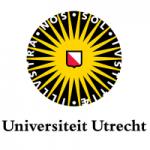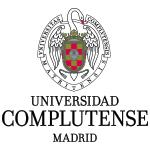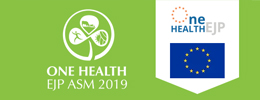In-vitro Chicken Caecal Model: A Model System to Study the Transfer of ESBL Genes Between E. coli
Poster presentado en 1st One Health EJP Annual Scientific Meeting
22 de mayo de 2019
Leng J., Ritchie J., Fivian-Hughes A., Van der Puten B., Trung-Nguyen V., Bootsma M., Kumar-Tiwari S., Matamoros S., Hoa Ngo T., Berens C., Alvarez J., Jolivet D., Ferrandis-Vila M., Fruth A., Schwarz S., Dominguez L., Ugarte-Ruiz M., Bethe A., Wieler L., Ewers C., Menge C., Schultsz C., Semmler T. y La Ragione R.
Background: The number of multi-drug resistant bacteria have been on the increase over the last 10 years posing a threat to human and animal health. There has been a recent push to reduce the prophylactic use of antibiotics in farm animals to reduce antimicrobial resistance in the reservoir of farm animals. The use of in-vitro gut models have the potential to aid the study of antimicrobial resistance transfer between bacteria, without the need for live animals.
Methods: Caecal content was collected from four chickens to inoculate eight in-vitro gut models and maintained for nine days. After 24 hours of initial batch culture, a flow of media was started to feed each individual model. All models were fed with anaerobic gas, pH maintained at 6.8 and temperature at 42 °C. A sample was taken from each model every day to analyse the bacterial community profile by 16S rRNA gene sequencing. These samples were also plated on MacConkey 3 (1 mg/L cefotaxime) to isolate any ESBL positive E. coli cultured.
Results: The gut models were able to maintain the number of bacteria from the inoculum. There was an initial reduction in total bacteria but by day eight there were (on average) 5 x 108 bacteria per ml. The bacterial communities profiled by 16S gene sequencing showed that the model reproduces aspects of the chicken caecal microbiota. ESBL positive bacteria were enumerated from samples taken from the gut models to evaluate transmission dynamics.
Conclusions: The chicken caecal gut model allows for the assessment of antibiotic resistenece transfer, in-vitro. The bacterial community profile of the model represented aspects of the chicken caeca. However, models are only a representation of the real world situation. The use of an in-vitro model reduces the costs of experiments and is an ethical alternative to using live animals
| School of Veterinary Medicine. School Biosciences and Medicine. Faculty of Health and Medical Sciences. University of Surrey. | |
 | Department of Global Health-Amsterdam-Institute for Global Health and Development. Department of Medical Microbiology. Academic Medical Center. University of Amsterdam. |
 | Clinical Research Unit. University of Oxford. |
 | Utrecht University (UU). |
| Microbial Genomics. Robert Koch Institute (RKI). | |
 | Nuffield Department of Medicine. University of Oxford. |
| Institute of Molecular Pathogenesis. Friedrich Loeffler Institut-Bundesforschungsinstitut fuer Tiergesundheit (FLI). | |
 | Centro de Vigilancia Sanitaria Veterinaria (VISAVET). Universidad Complutense (UCM). |
 | Departamento de Sanidad Animal. Facultad de Veterinaria. Universidad Complutense (UCM). |
| Enteropathogenic Bacteria and Legionella. Robert Koch Institute (RKI). | |
| Freie Universität Berlin. | |
| Institute of Hygiene and Infectious Diseases of Animals. Justus-Liebig-Universität Gießen (JLU). | |
Enlace a 1st One Health EJP Annual Scientific Meeting


